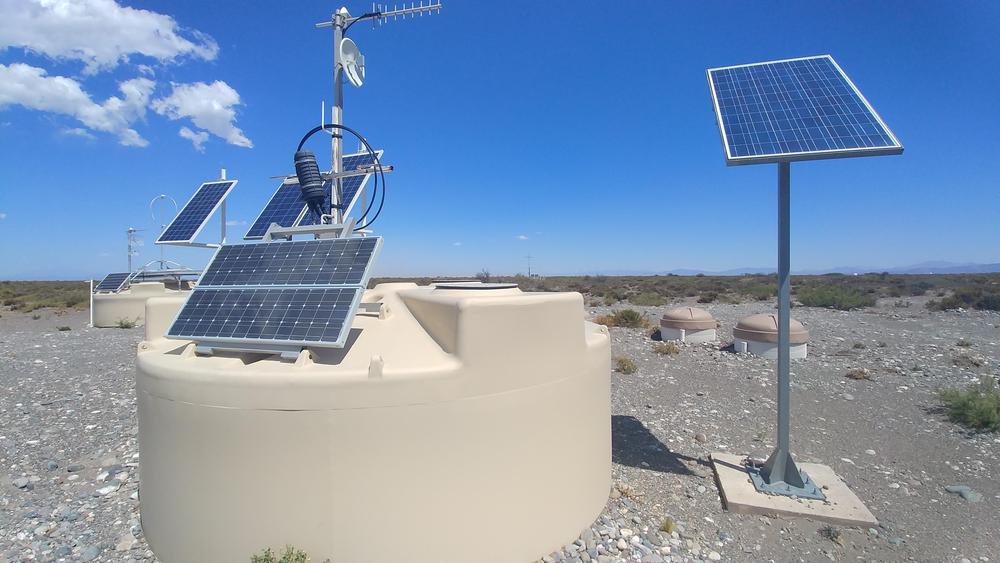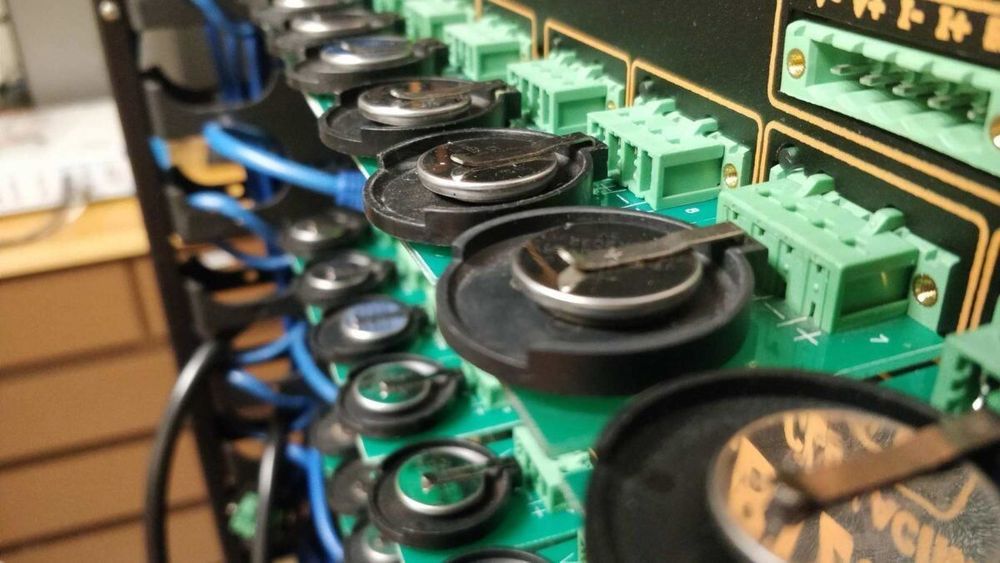The region is accustomed to lockdowns, but New Delhi’s ban on high-speed internet is undermining the medical community’s ability to fight the pandemic.



‘Only one VPN is working over the airtel. However, it is punishingly slow,’ says a social activist.
Jammu and Kashmir (J&K) administration has completely blocked the Virtual Private Network (VPNs), which were used by the local civilians to access banned social media sites including WhatsApp, Facebook, and Instagram.
According to a Kashmir-based social activist, the administration has banned VPN applications that were widely used in the Valley to access black-listed social media sites. “Only one VPN is working over the airtel. However, it is punishingly slow,” he said.


Scientists have found evidence that a fundamental physical constant used to measure electromagnetism between charged particles can in fact be rather in constant, according to measurements taken from a quasar some 13 billion light-years away.
Electromagnetism is one of the four fundamental forces that knit everything in our Universe together, alongside gravity, weak nuclear force, and strong nuclear force. The strength of electromagnetic interaction between elementary particles is calculated with the help of what’s known as the fine-structure constant.
However, the new readings – taken together with other readings from separate studies – point to tiny variations in this constant, which could have huge implications for how we understand everything around us.

Thermal cameras sound like a great idea for folks who are looking for a false sense of security and/or lack a basic understanding of what being an asymptomatic carrier means…
When the Venetian Resort reopens following the lifting of Las Vegas’ stay-at-home order, it will empoy thermal screening and full-time medics.
“” India says we have not killed anyone in Kashmir, and we say you killed over 70,000 people over the past 30 years!!” — Tanveer Mir.
Kashmiris from New York and neighboring states organized a vigil in Times Sqaure on October 27th to mark 72 years of brutal Indian occupation of the state of Jammu and Kashmir. #standwithkashmir “
#standwithKashmir


An interesting article from Australia.
Australia is in an unusual situation, being at once potentially extremely self-reliant and in practice extremely vulnerable to disruptions in international trade.
Whereas disruptions could come from any one of many types of natural disasters or due to politics, I am glad to see that the Australians are seriously considering what it would require to maintain their civilization in the face of disruptions.
Only two or three generations ago most people were more or less self-reliant, and could have continued for years if trade had been cut off with discomfort but no serious threat to civilization itself. Regional scale natural disasters are not so uncommon that we shouldn’t expect at least one every few centuries, yet it seems our global civilization has somehow sleepwalked its way into a state of fragility in which a moderate disruption can threaten civilization everywhere.
I am glad that Australia is looking into ways to maintain essential services in the event of such disruptions, but hope they can resist the urge for heavy-handed central control which creates more problems than it solves. I expect and hope that governments all around the world are currently examining their own vulnerabilities and considering how to mitigate them.
We might be thankful for the current pandemic exposing these vulnerabilities in a way that does not seriously threaten civilization itself. Hopefully we will all learn from it.

Lithium-sulfur batteries have been hailed as the next big step in battery technology, promising significantly longer use for everything from cellphones to electric vehicles on a single charge, while being more environmentally sustainable to produce than current lithium-ion batteries. However, these batteries don’t last as long as their lithium-ion counterparts, degrading over time.
A group of researchers in the Cockrell School of Engineering at The University of Texas at Austin has found a way to stabilize one of the most challenging parts of lithium-sulfur batteries, bringing the technology closer to becoming commercially viable. The team’s findings, published today in Joule, show that creating an artificial layer containing tellurium, inside the battery in-situ, on top of lithium metal, can make it last four times longer.
“Sulfur is abundant and environmentally benign with no supply chain issues in the U.S.,” said Arumugam Manthiram, a professor of mechanical engineering and director of the Texas Materials Institute. “But there are engineering challenges. We’ve reduced a problem to extend the cycle life of these batteries.”
Albert Einstein famously postulated that “the only real valuable thing is intuition,” arguably one of the most important keys to understanding intention and communication.
But intuitiveness is hard to teach—especially to a machine. Looking to improve this, a team from MIT’s Computer Science and Artificial Intelligence Laboratory (CSAIL) came up with a method that dials us closer to more seamless human–robot collaboration. The system, called “Conduct-A-Bot,” uses human muscle signals from wearable sensors to pilot a robot’s movement.
“We envision a world in which machines help people with cognitive and physical work, and to do so, they adapt to people rather than the other way around,” says Professor Daniela Rus, director of CSAIL, deputy dean of research for the MIT Stephen A. Schwarzman College of Computing, and co-author on a paper about the system.